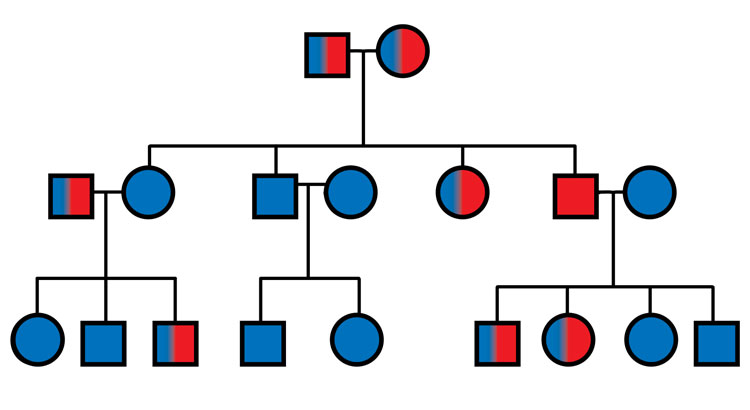by Cliff Ball; September, 2015
This information is an assimilation of a brief review of the literature; observations and recommendations based on the successes and failures of the breeding programs of roller men who have decades of experience in the breeding, training, and competitive flying of Birmingham Rollers; personal experience; and particularly, an adaptation of a pamphlet given to me by my good friend, Eldon Cheney to coach my progress in the sport. The pamphlet on the line-breeding of high-performance Read More
